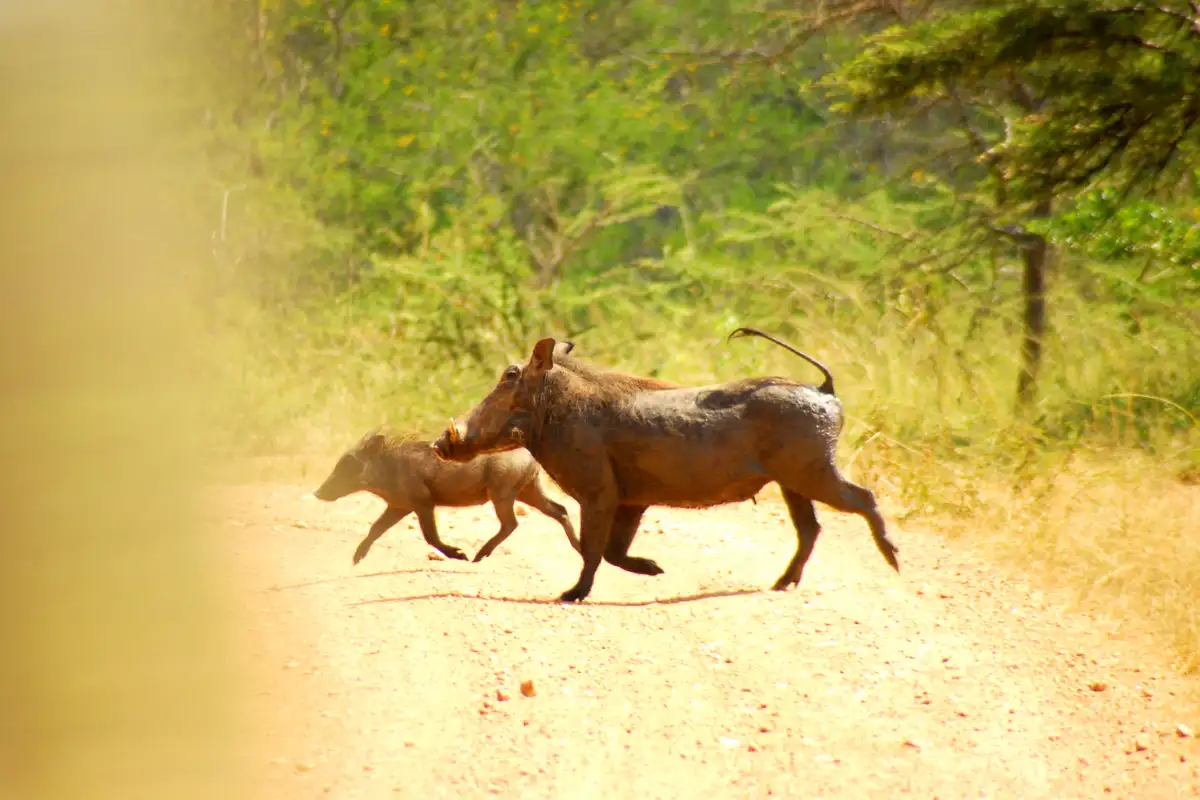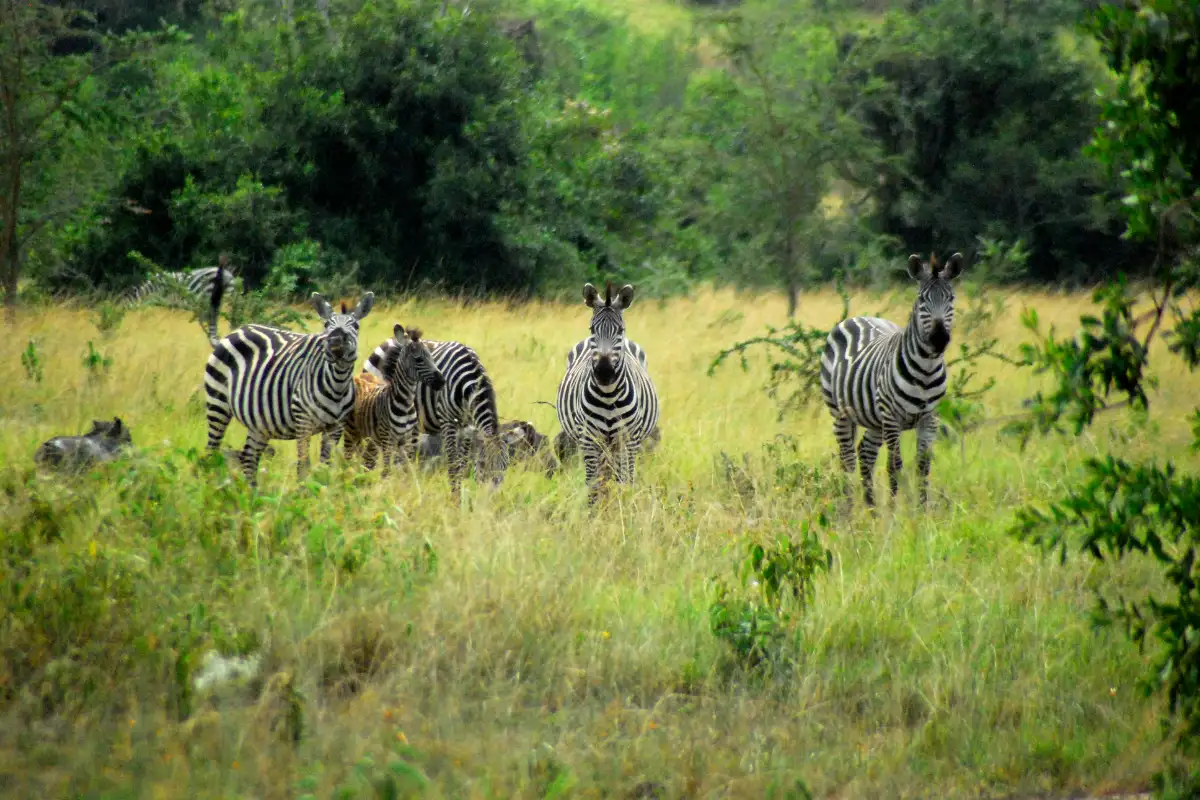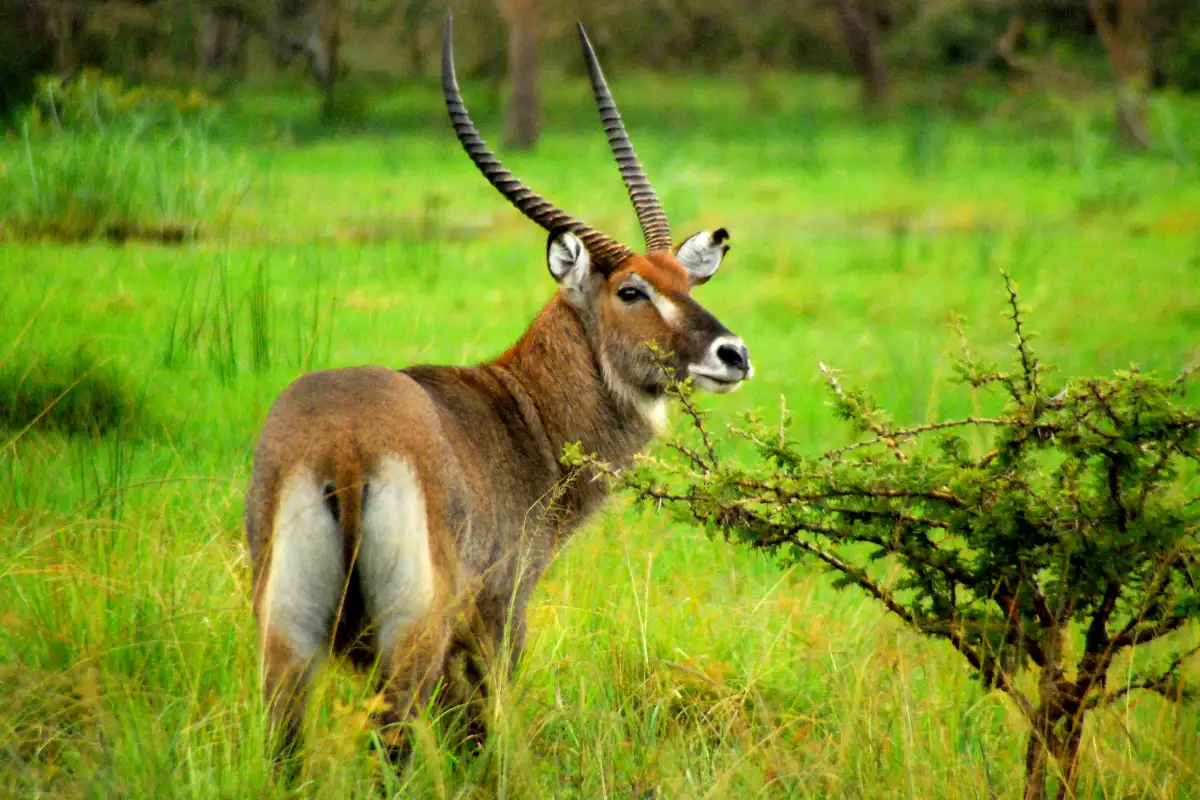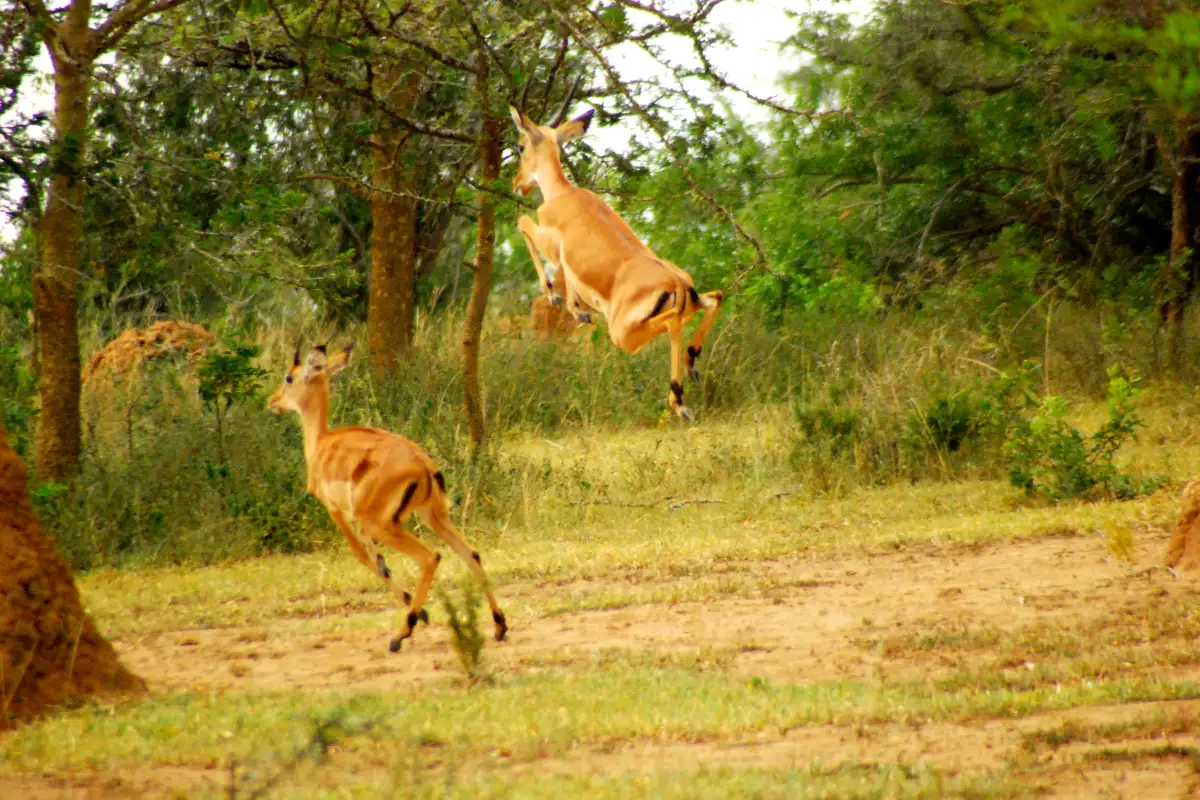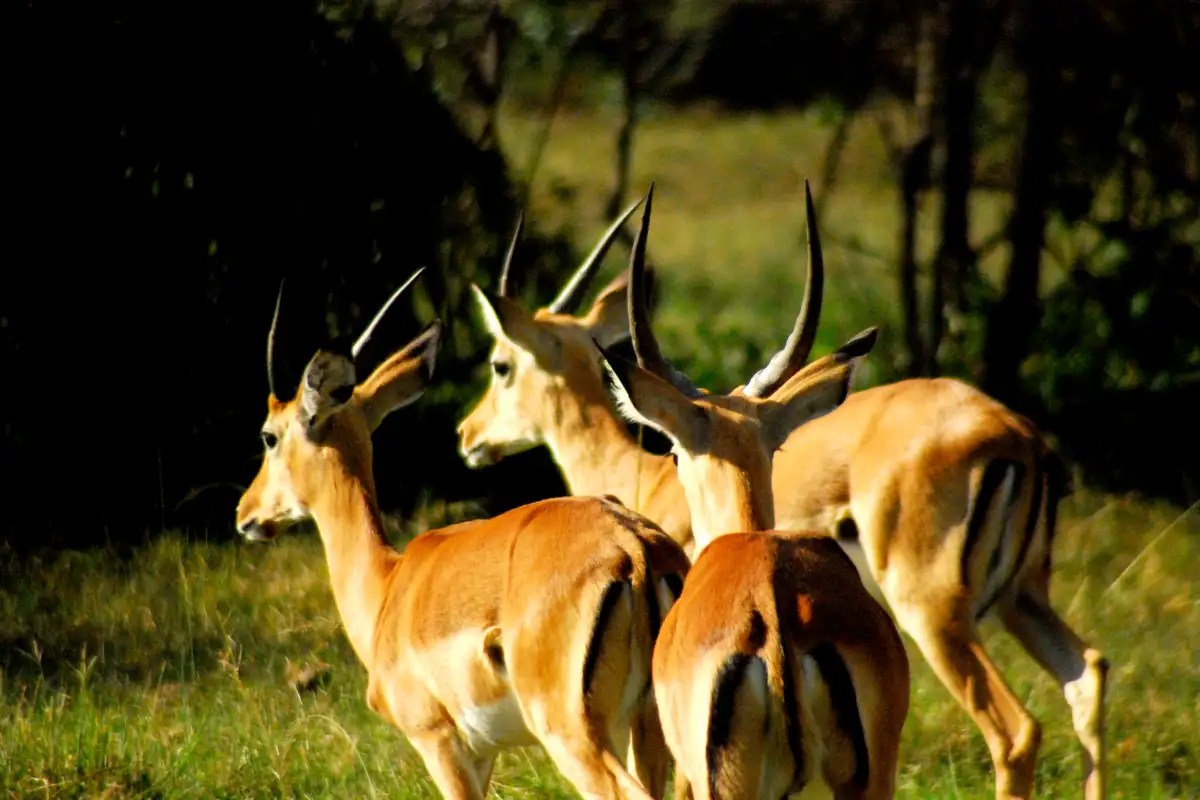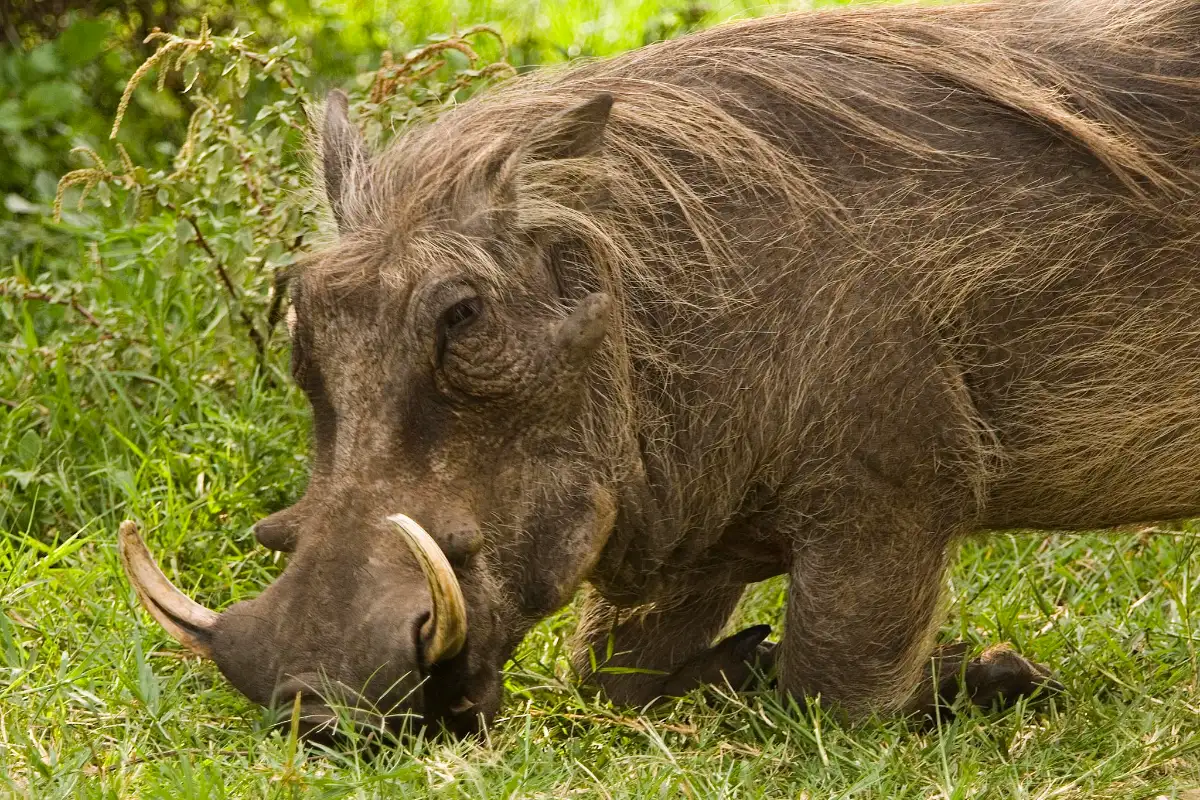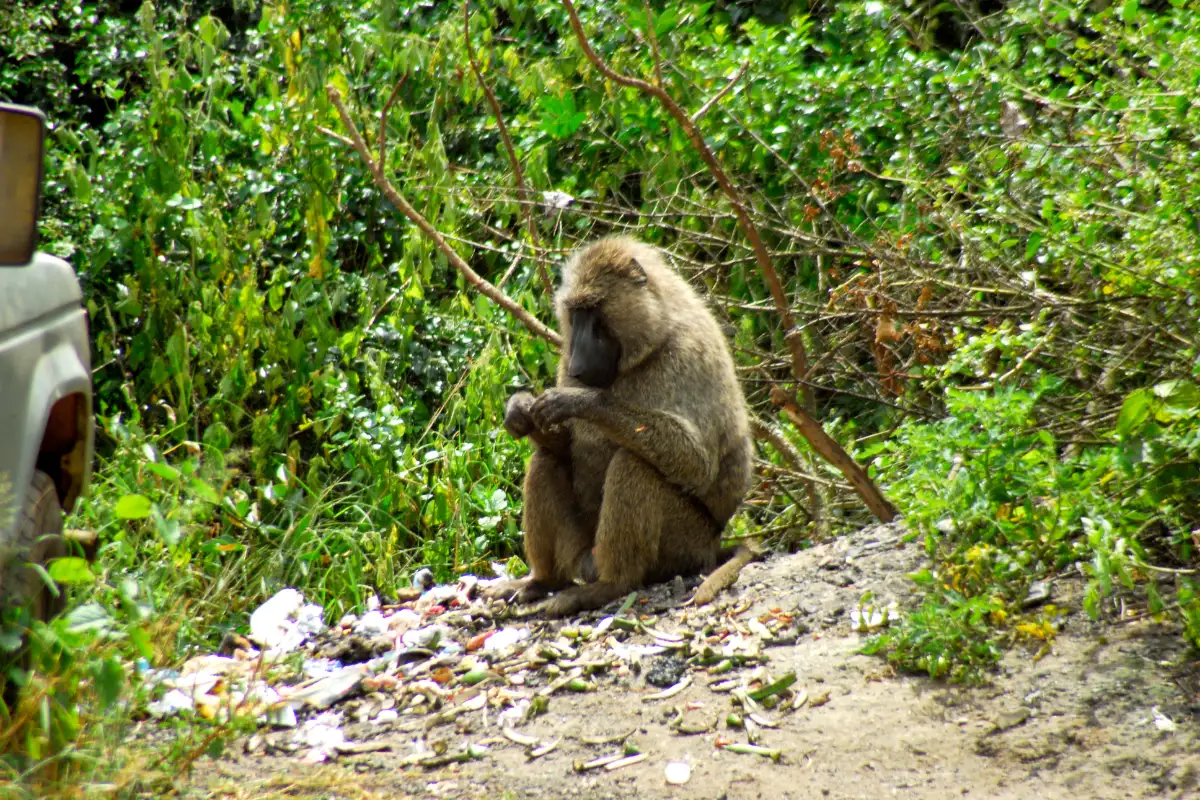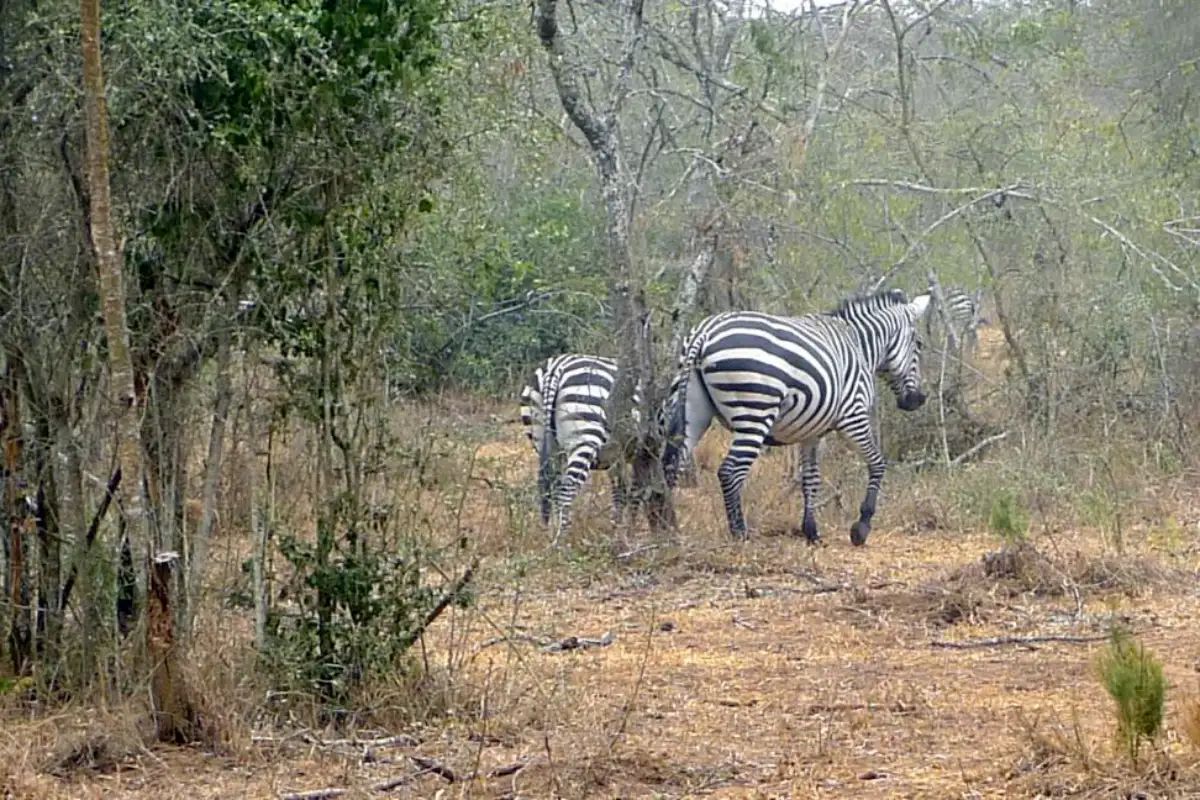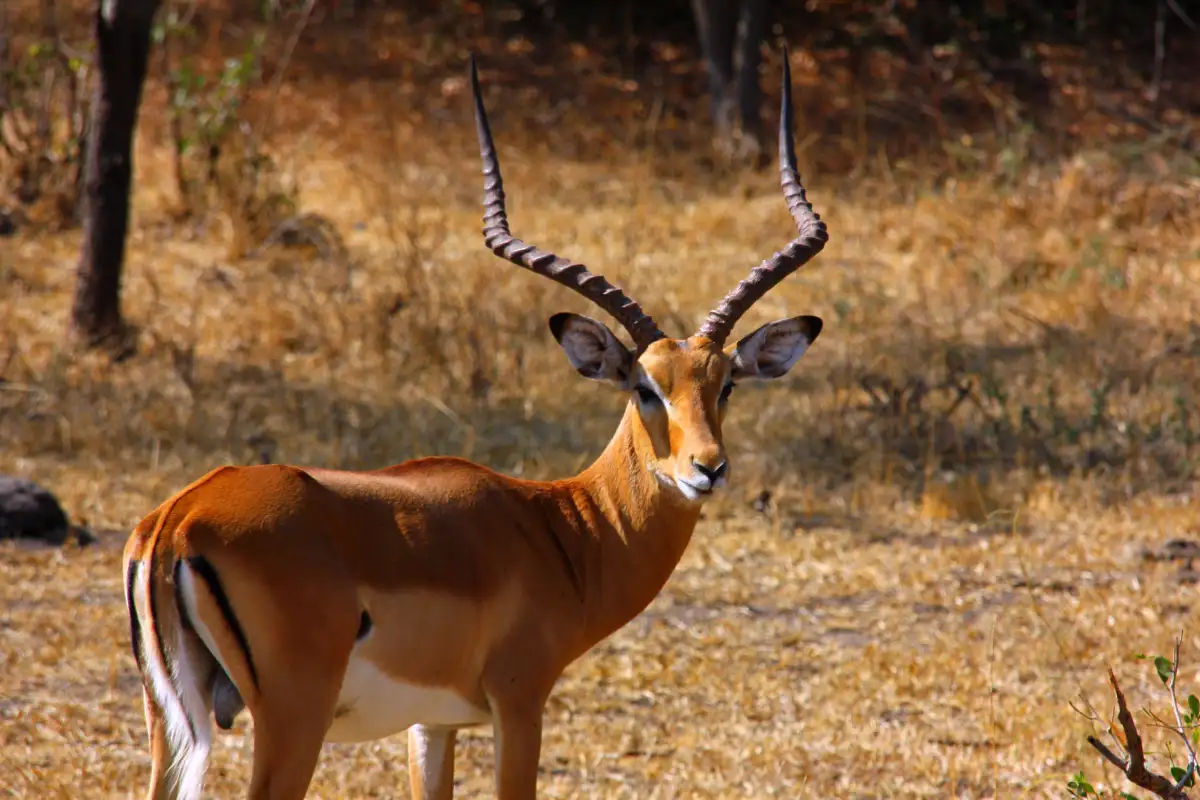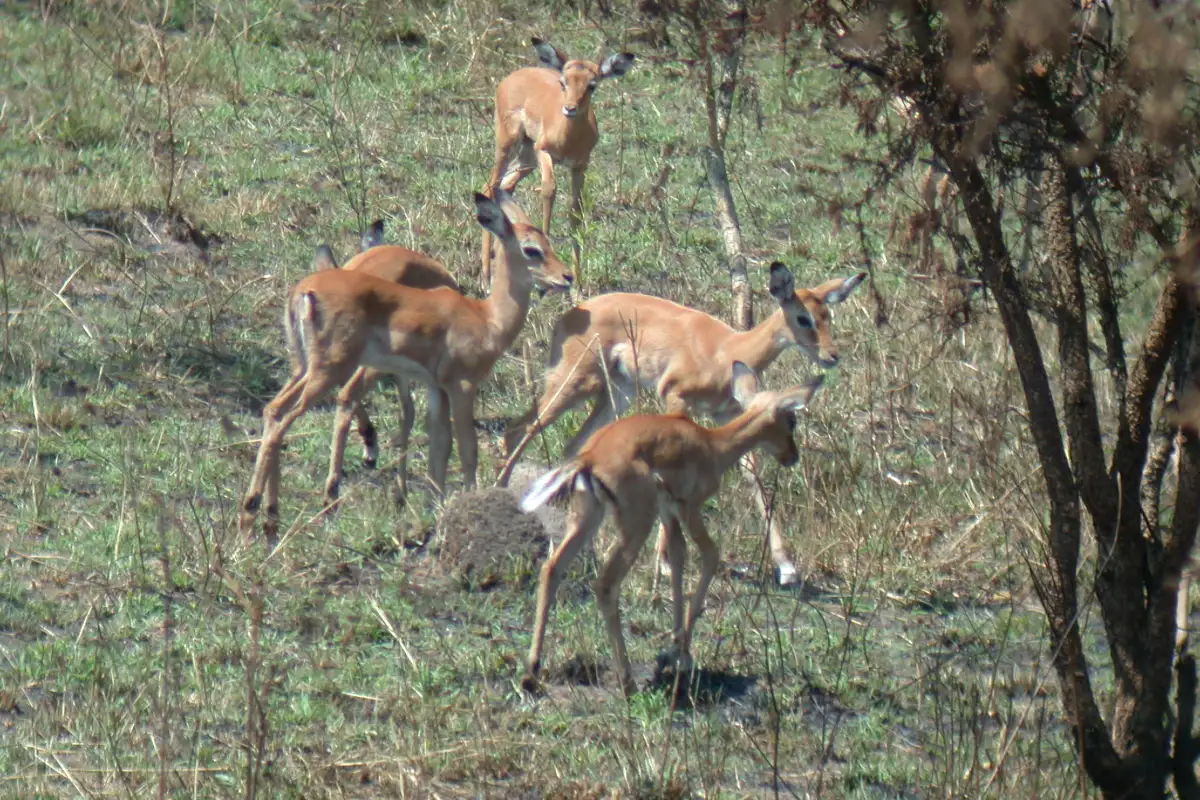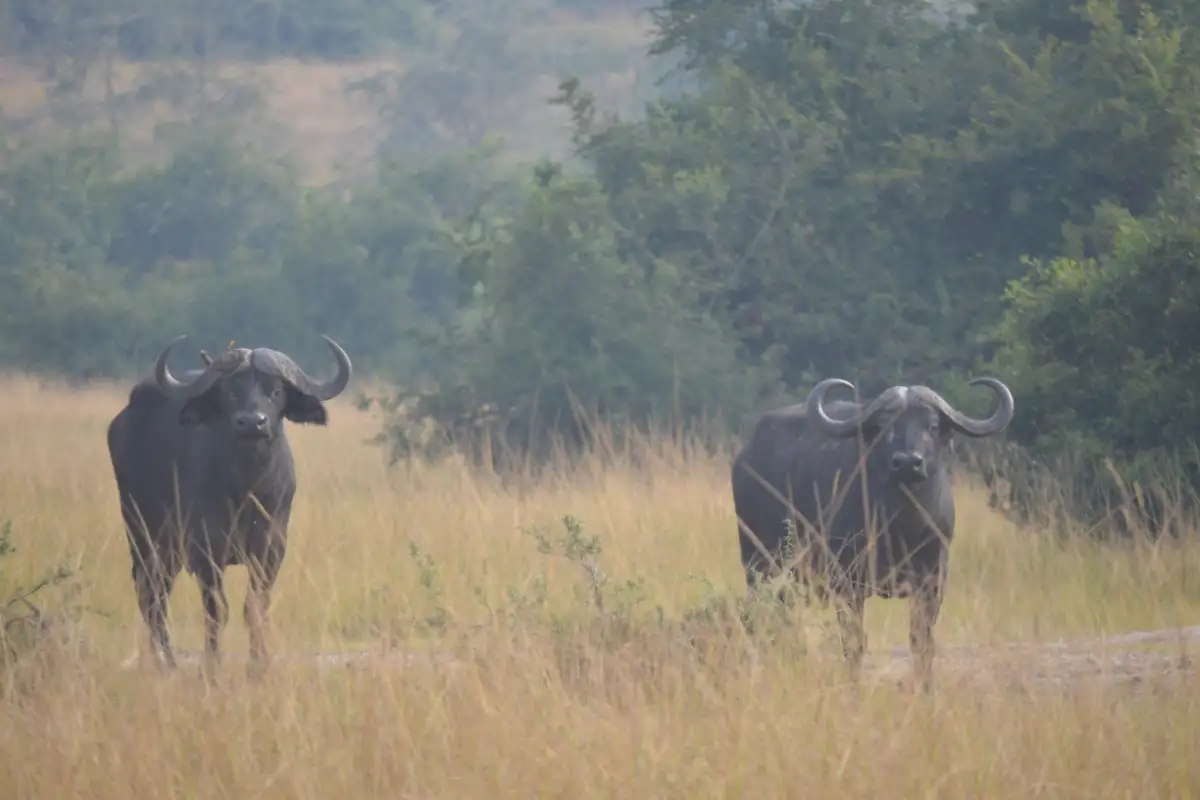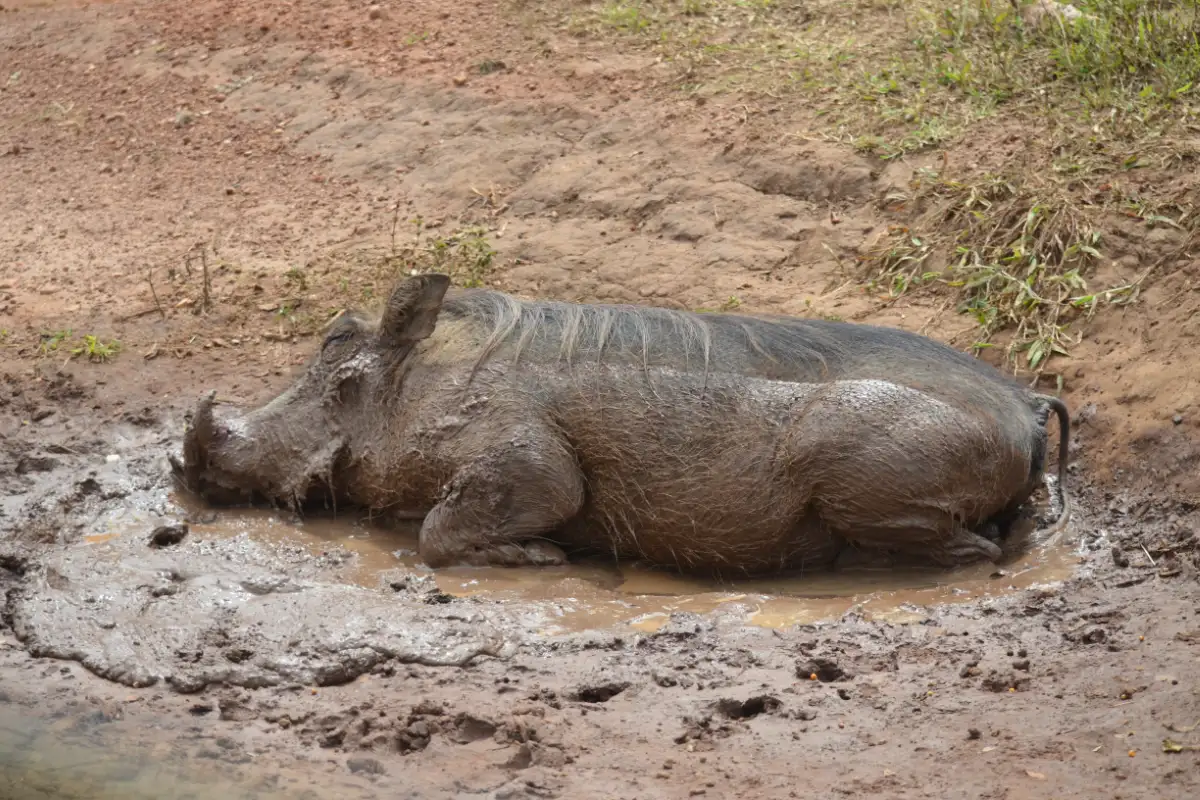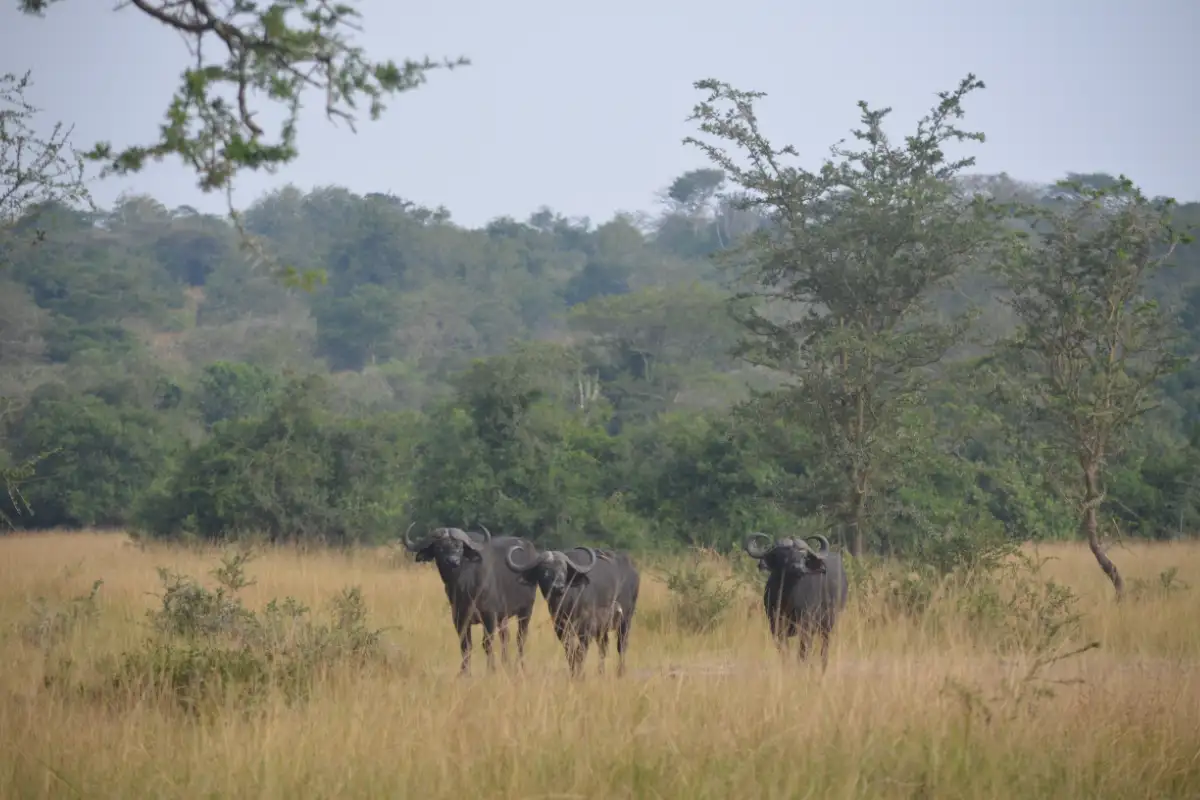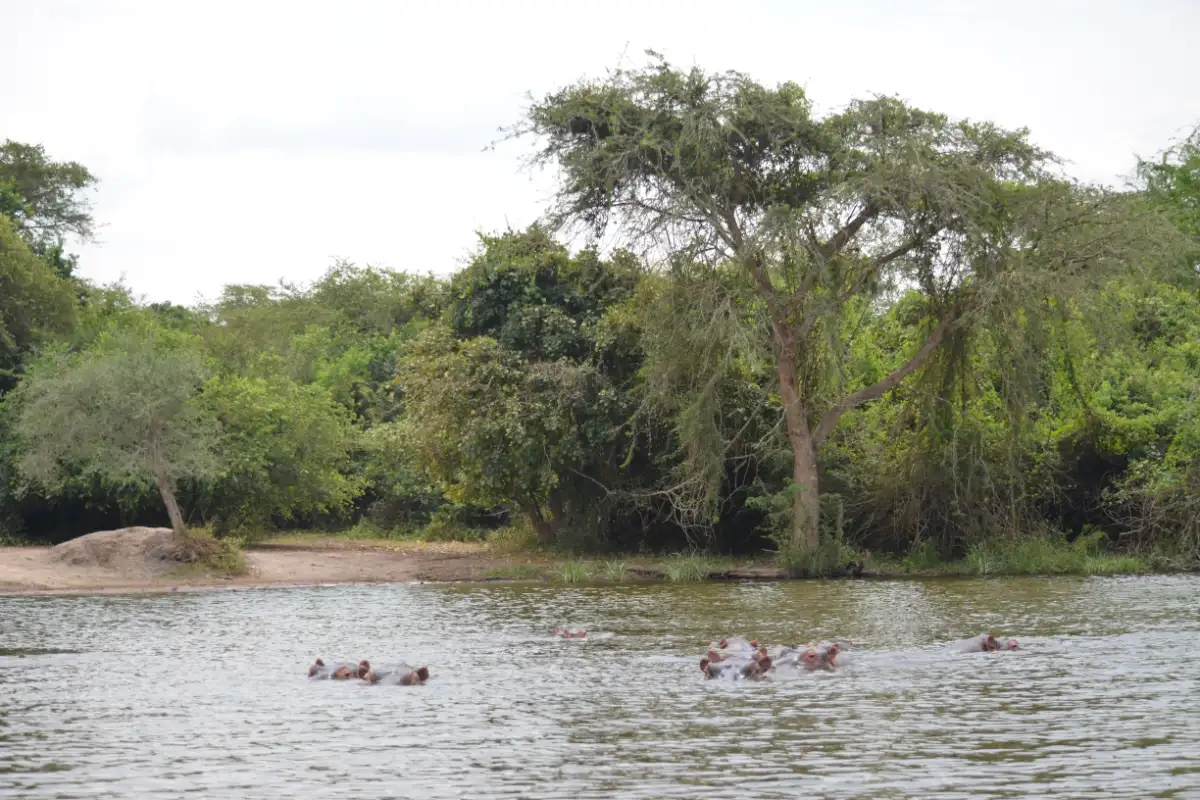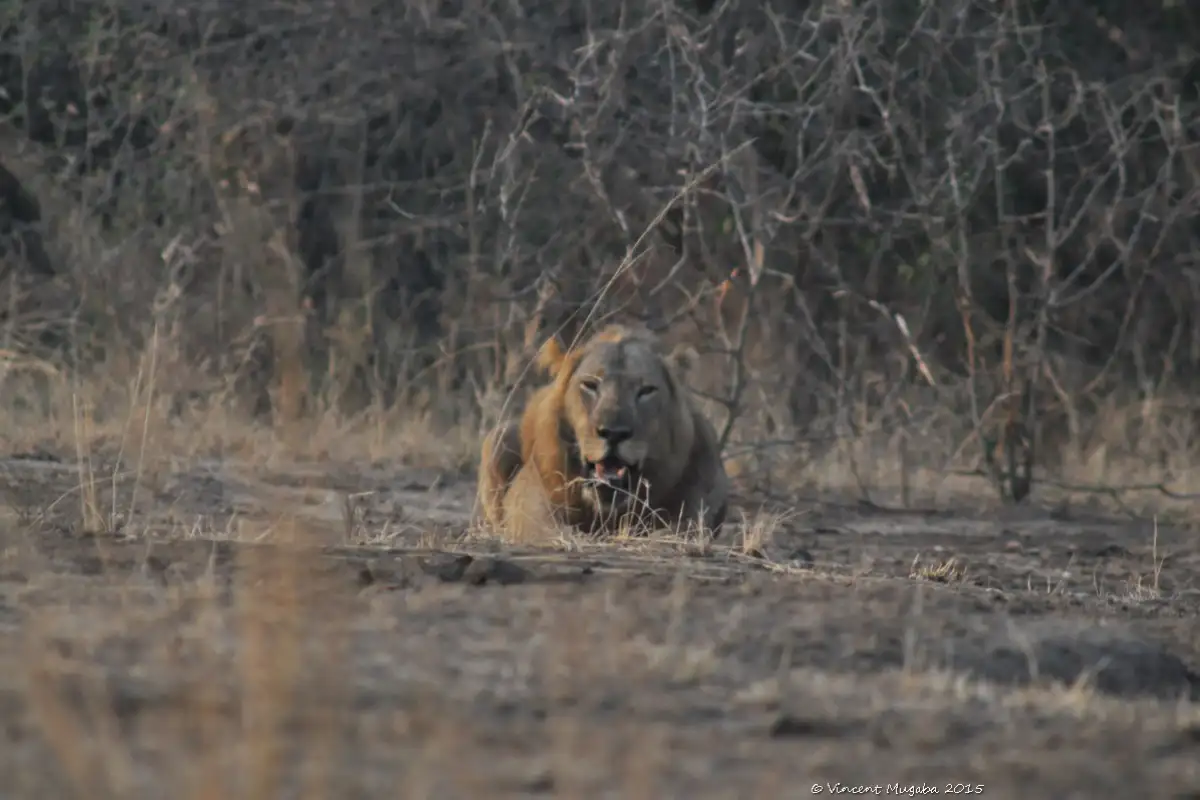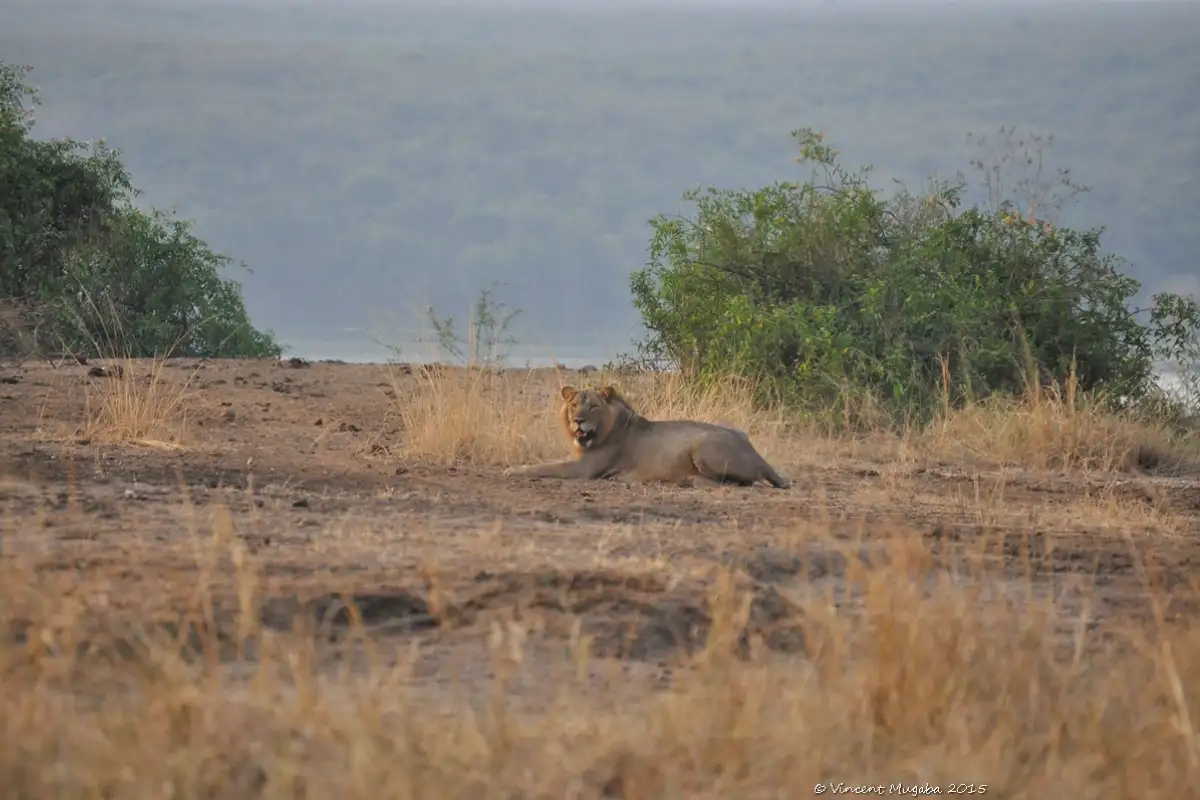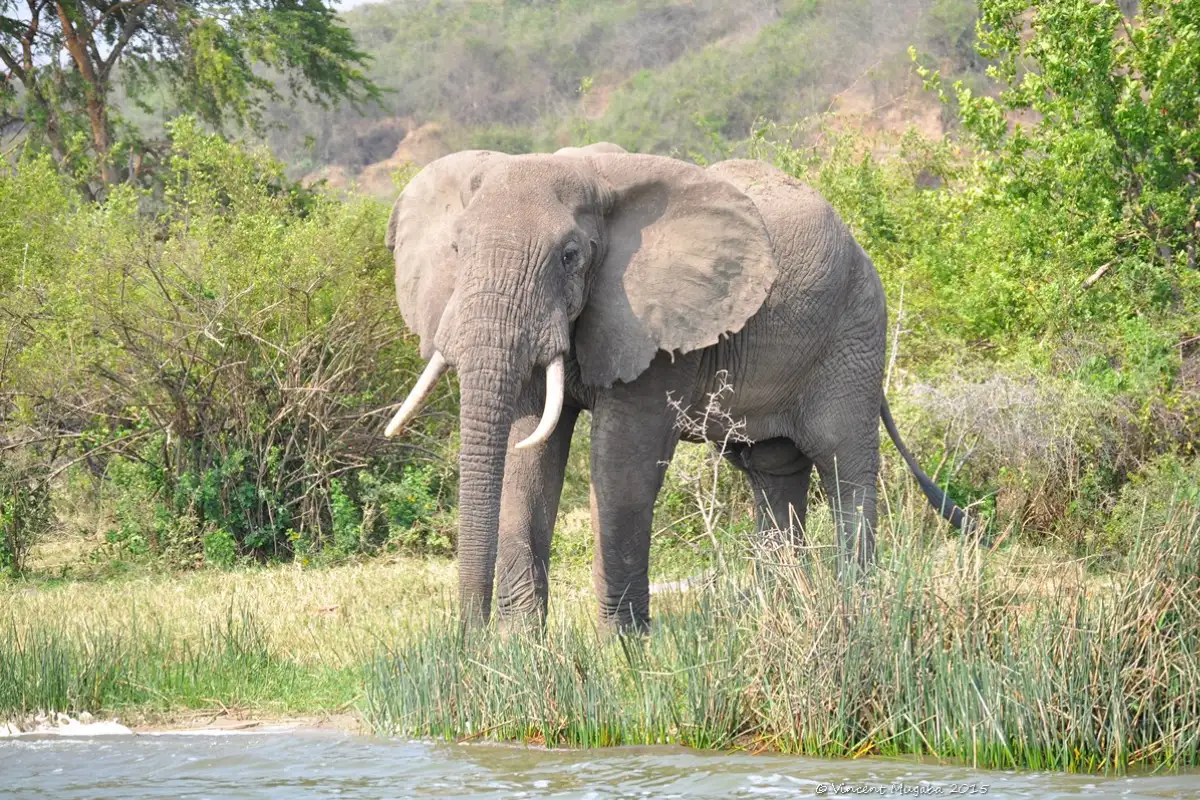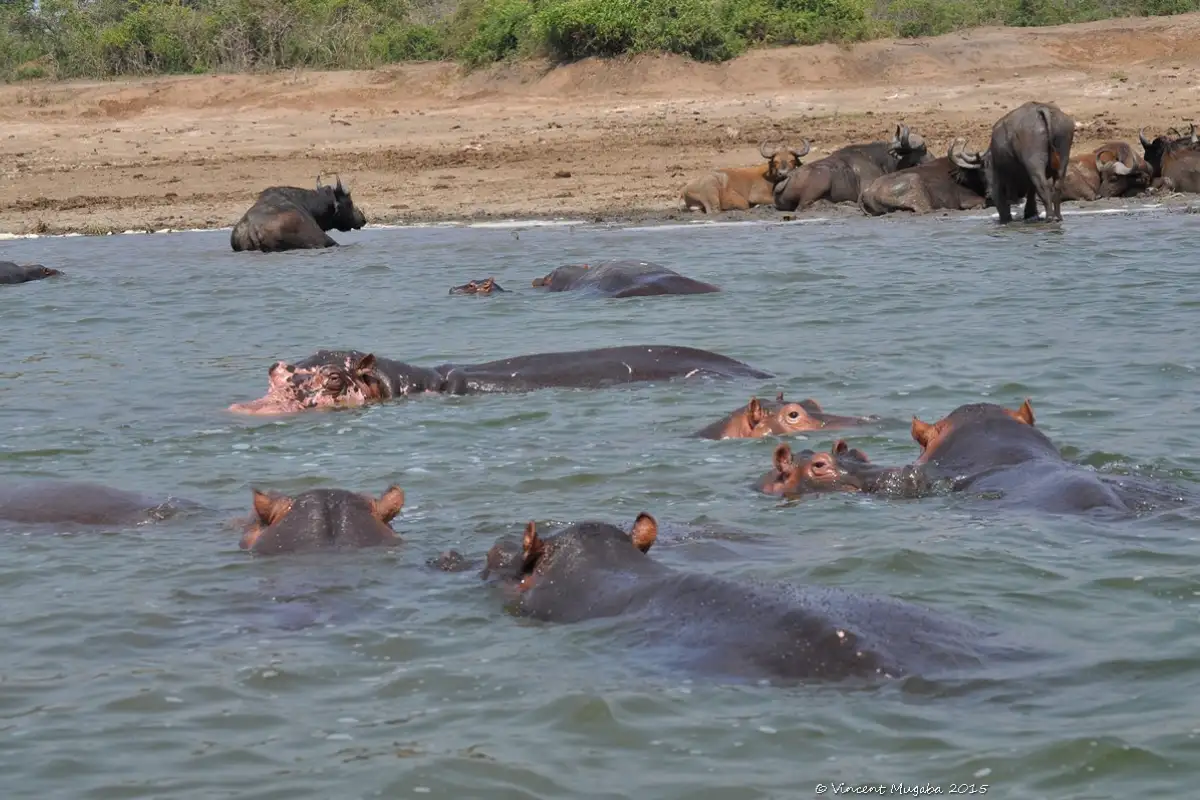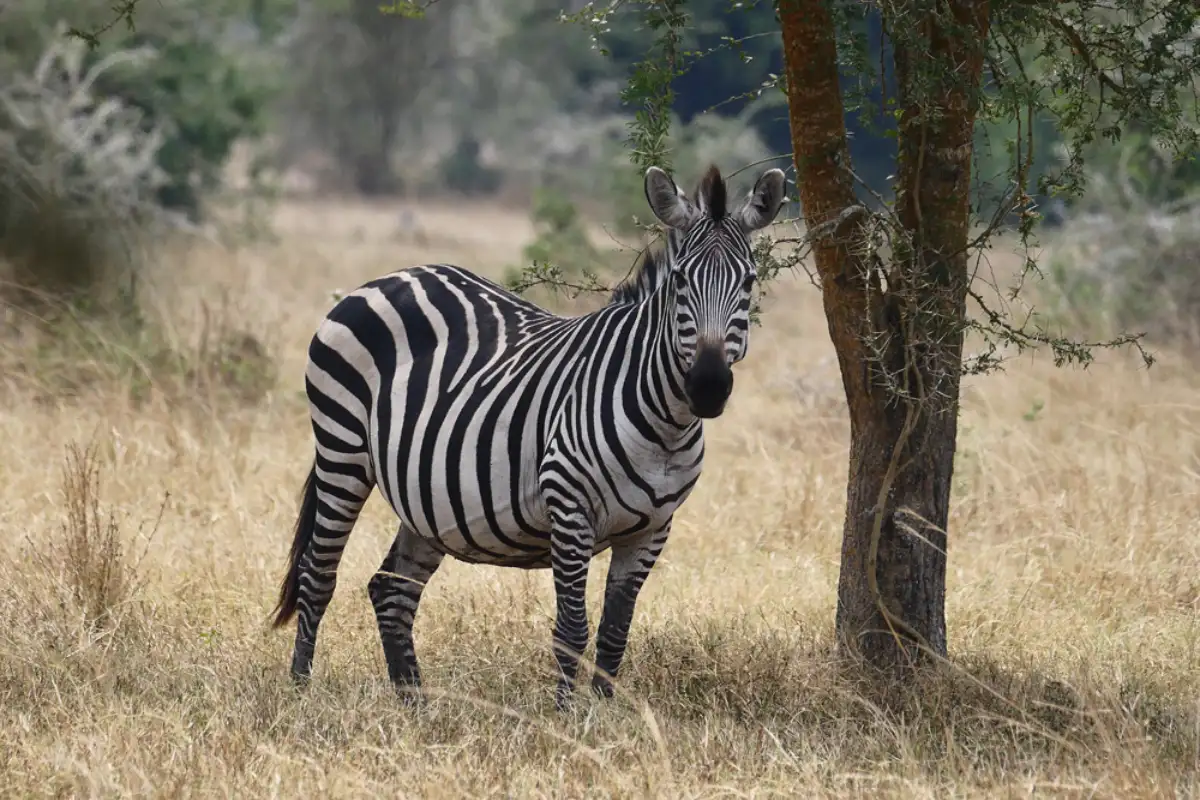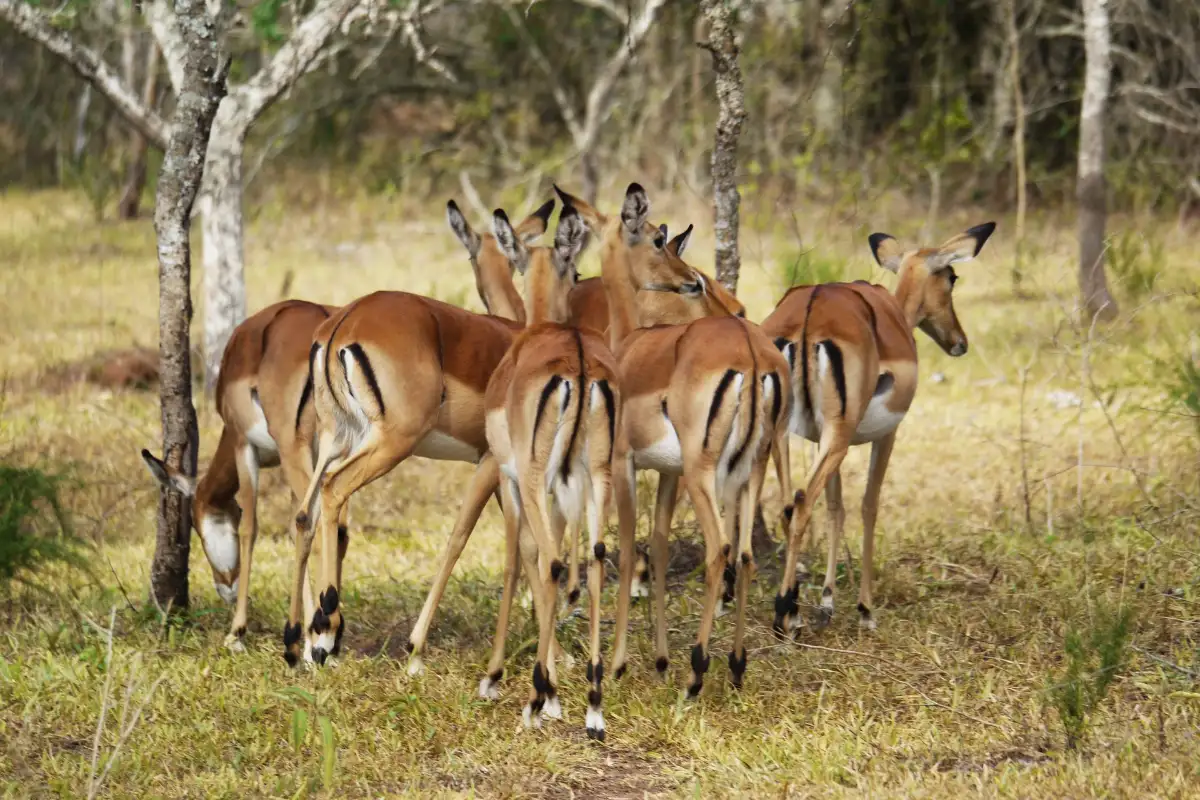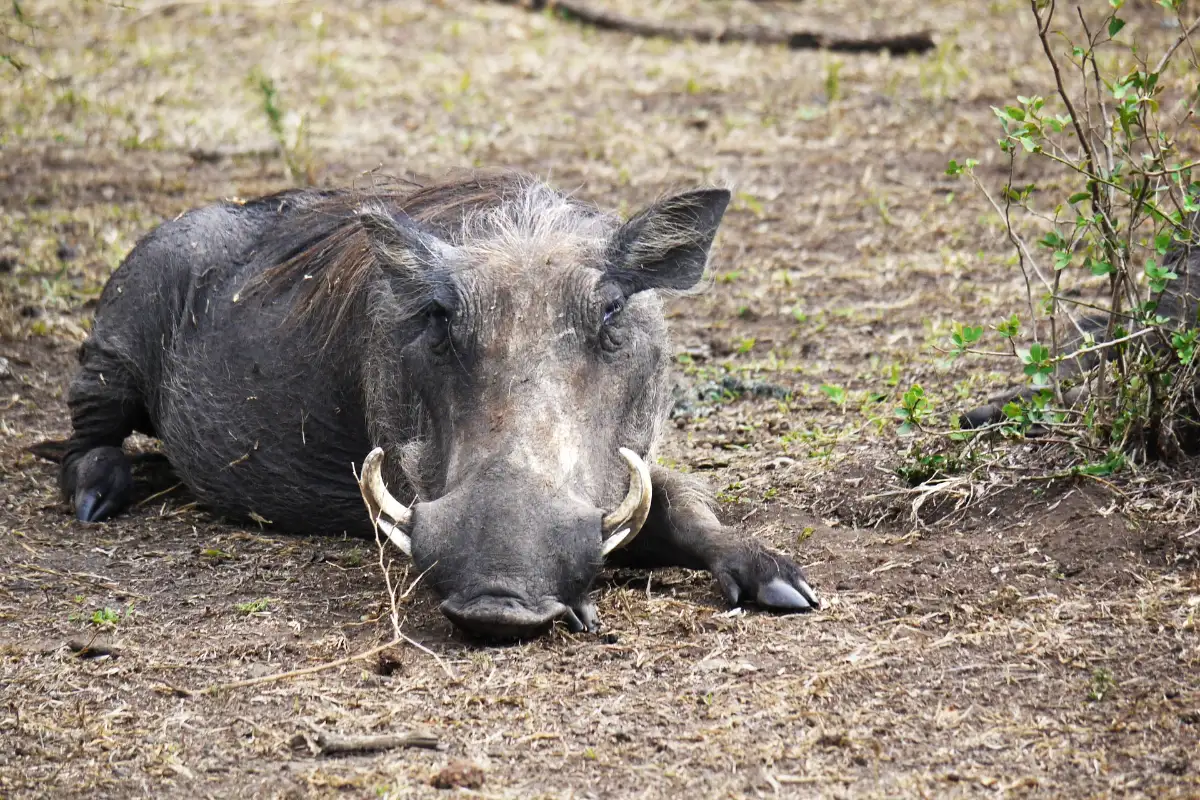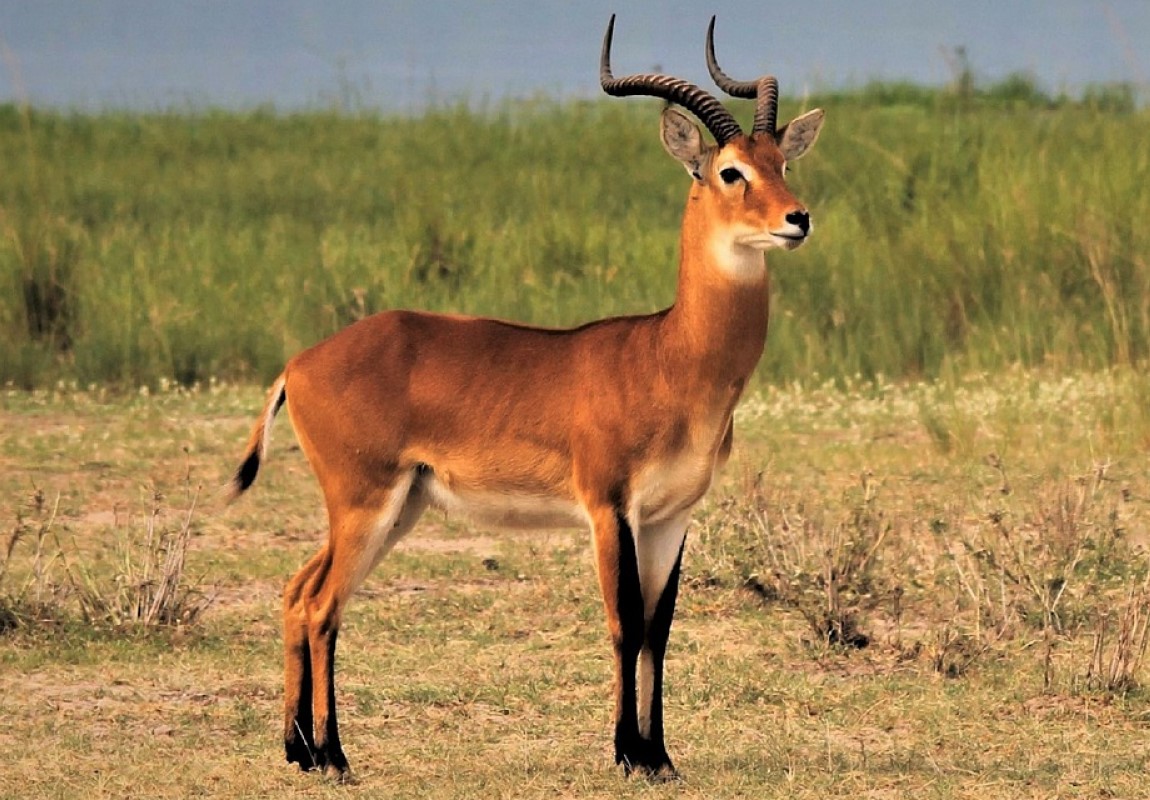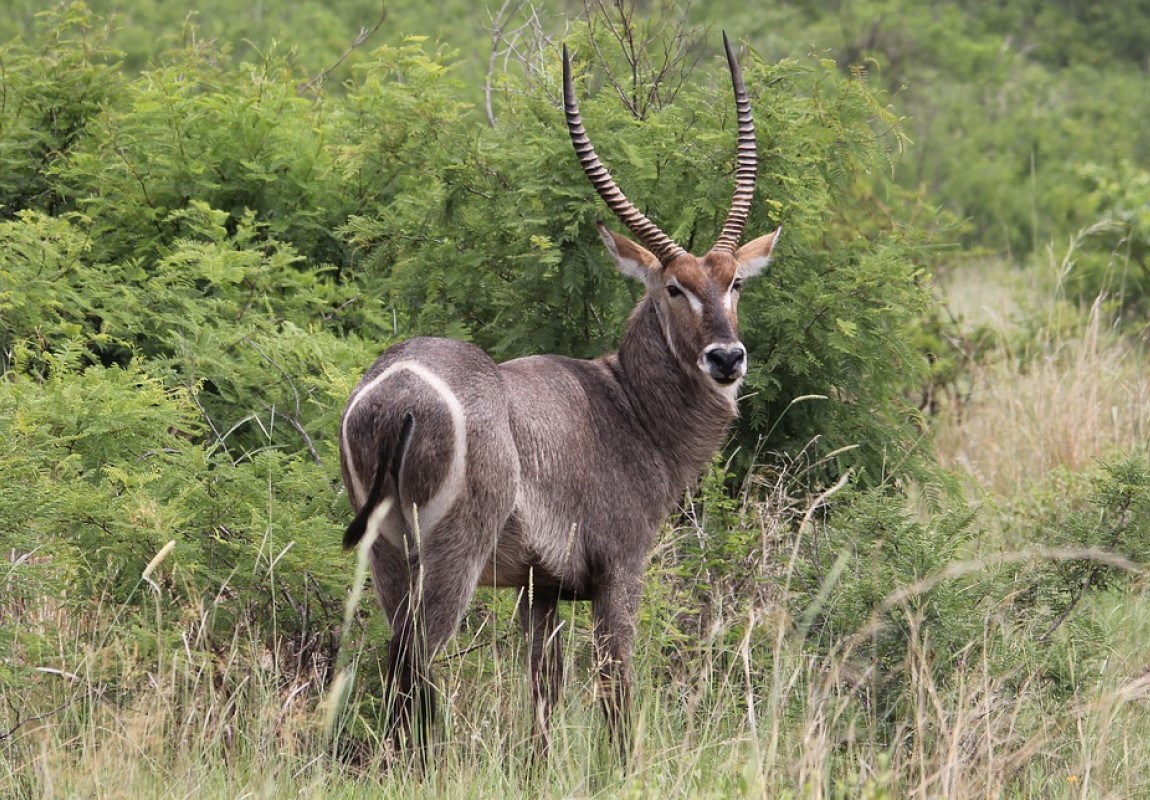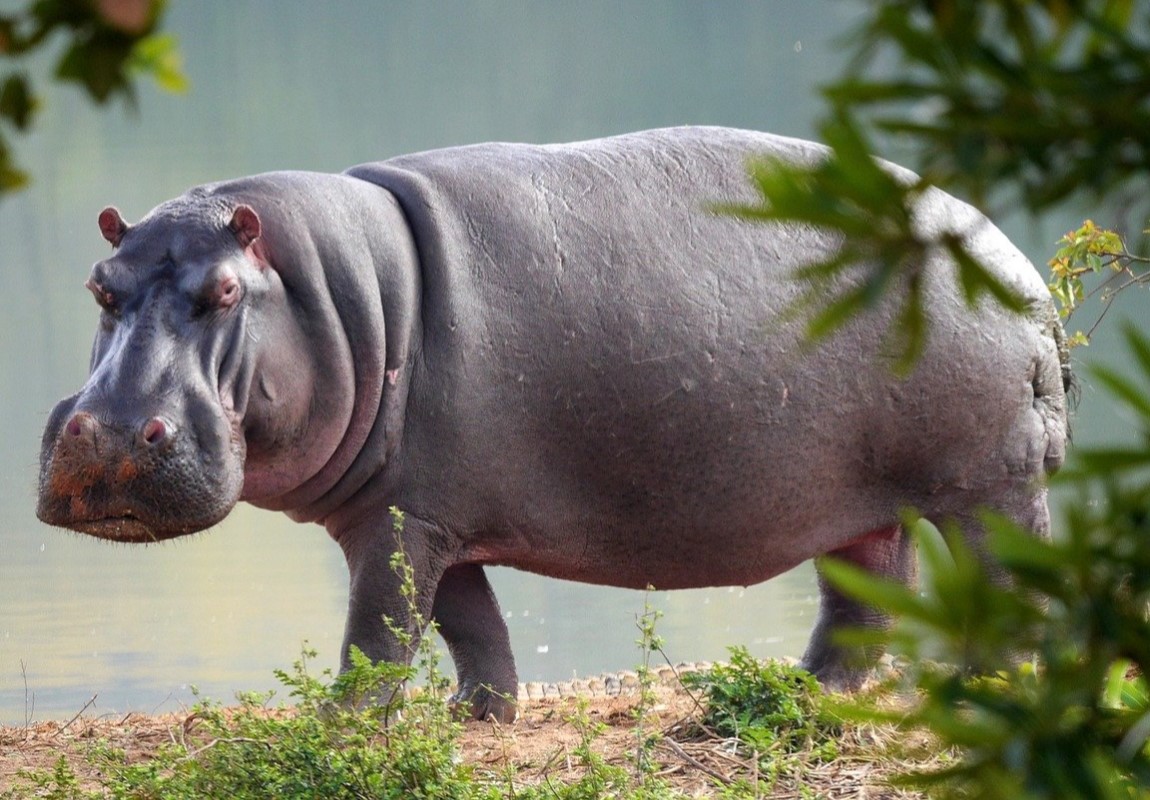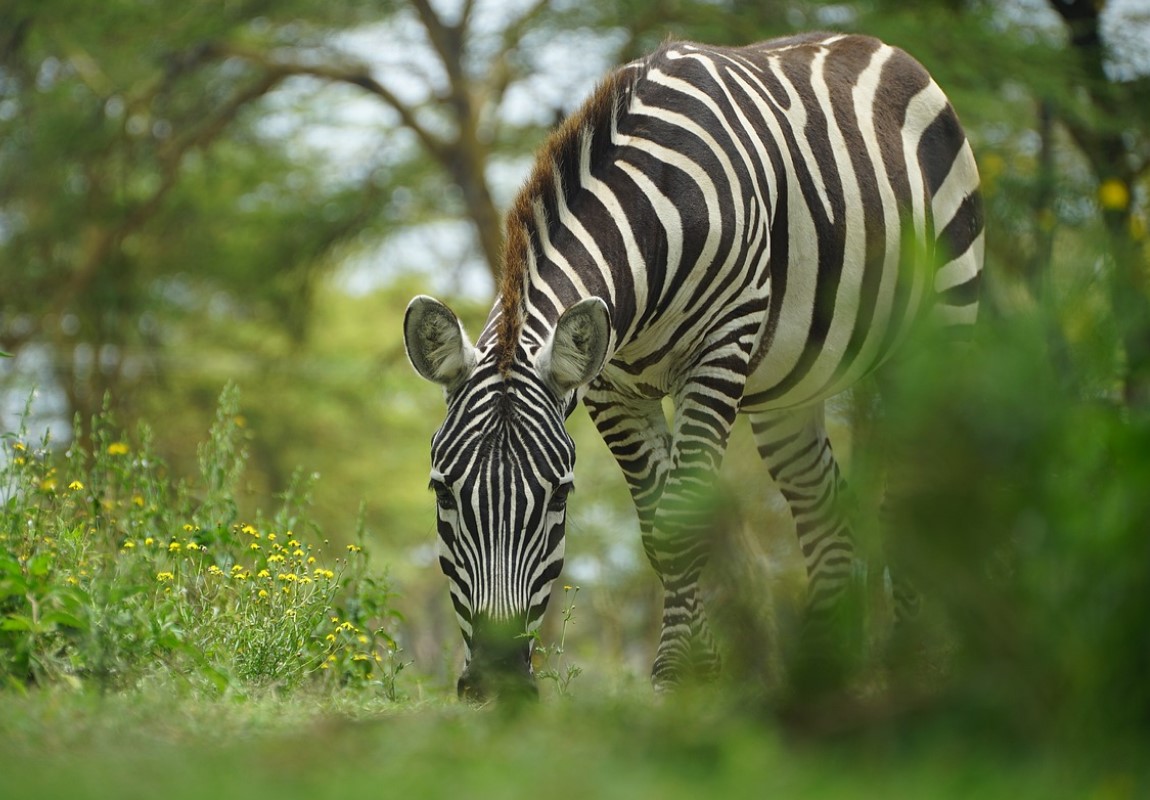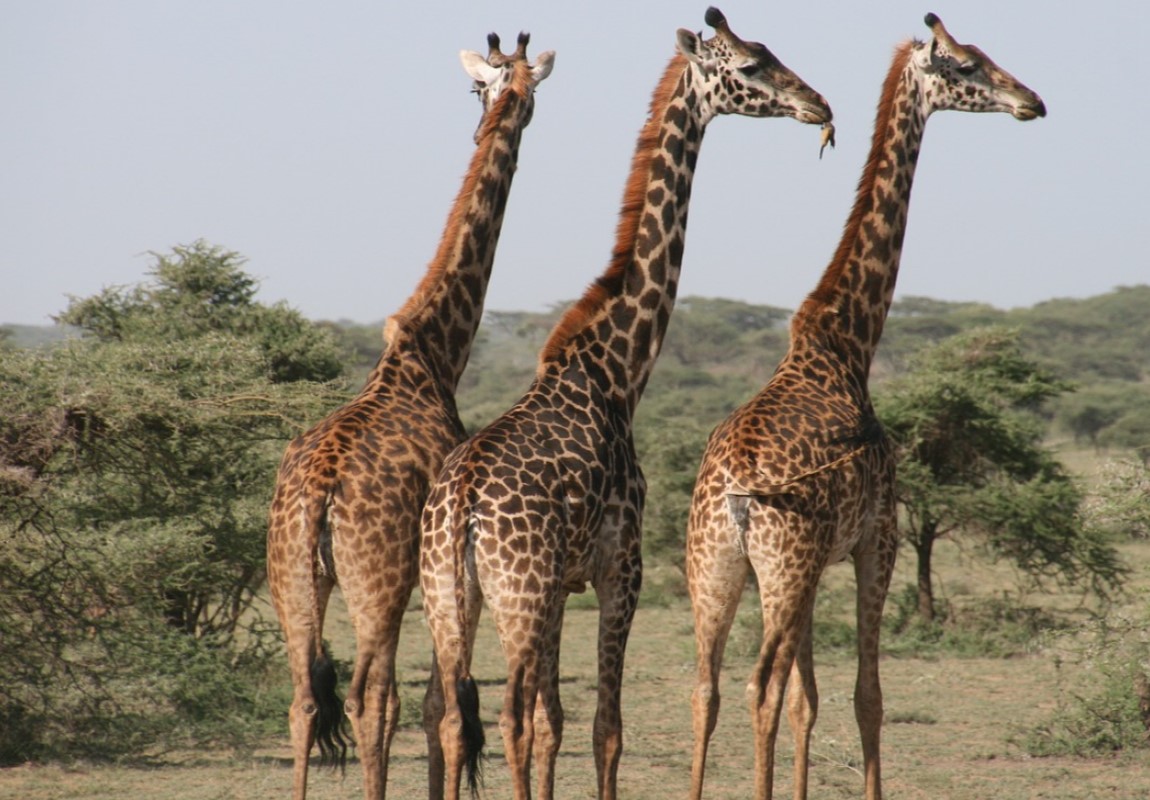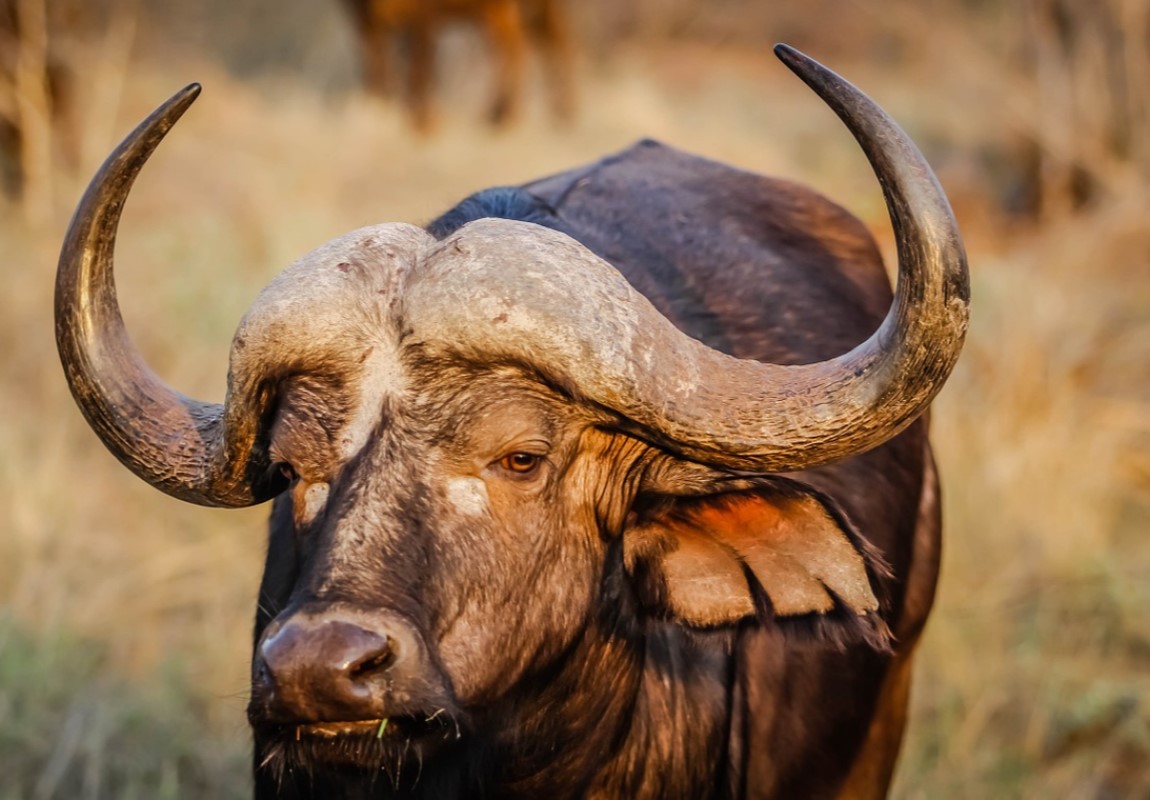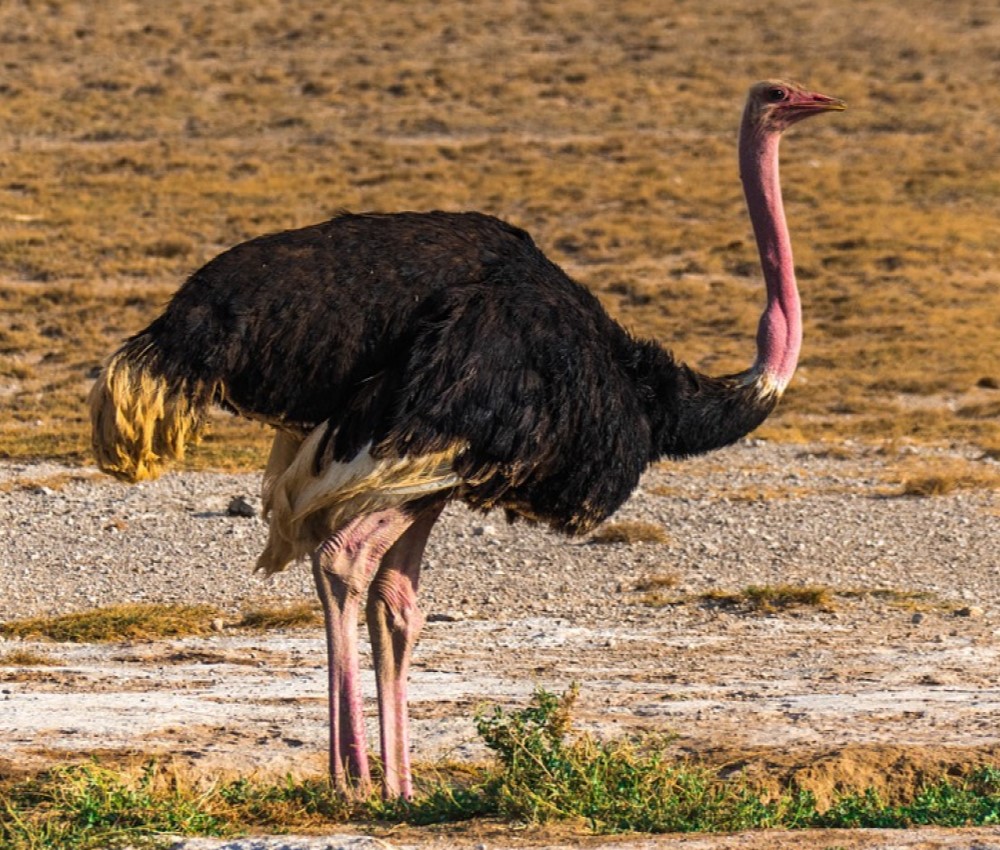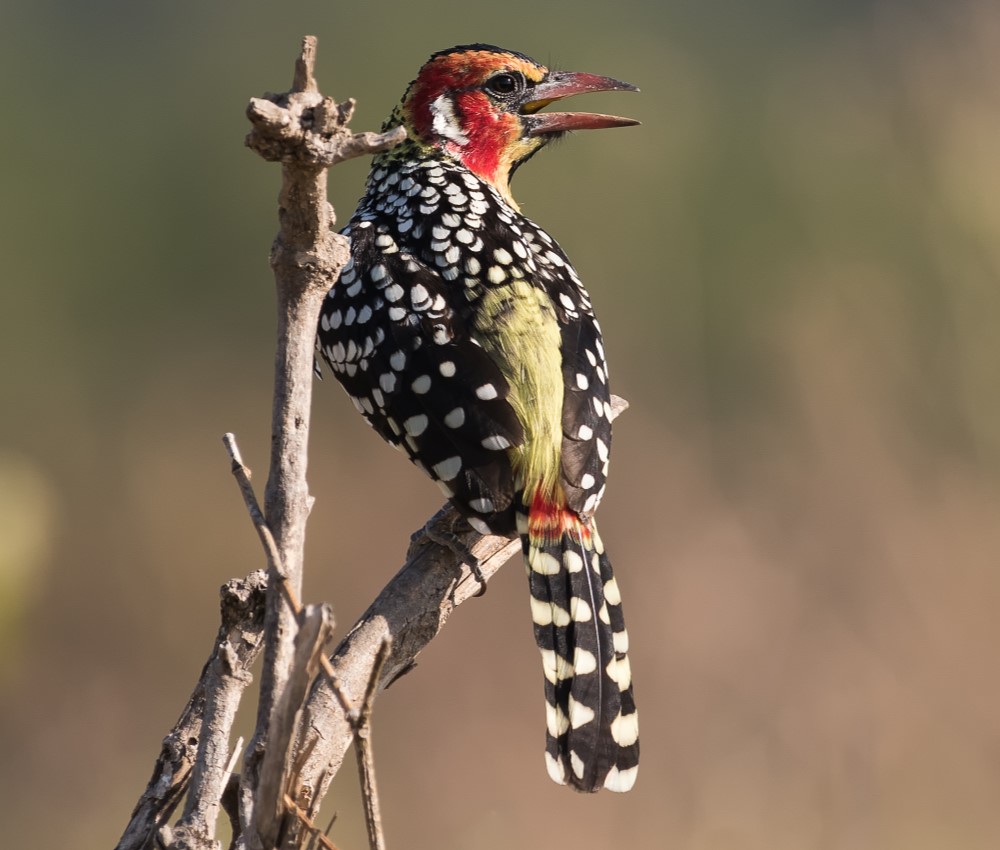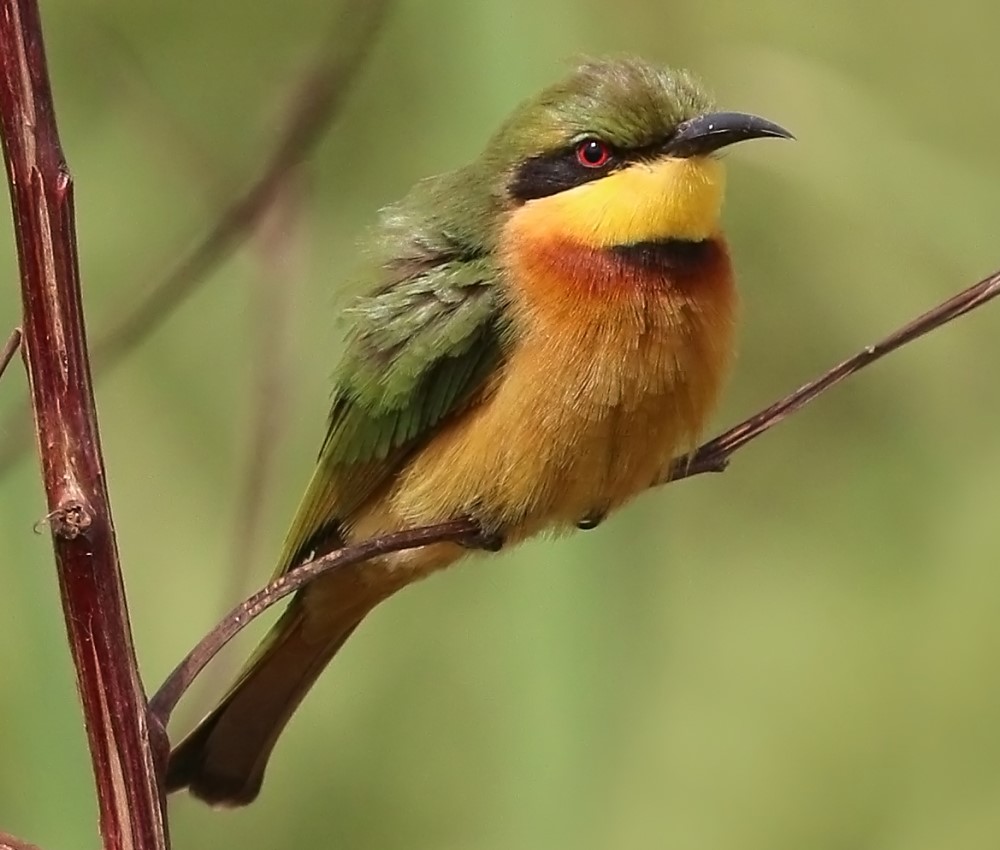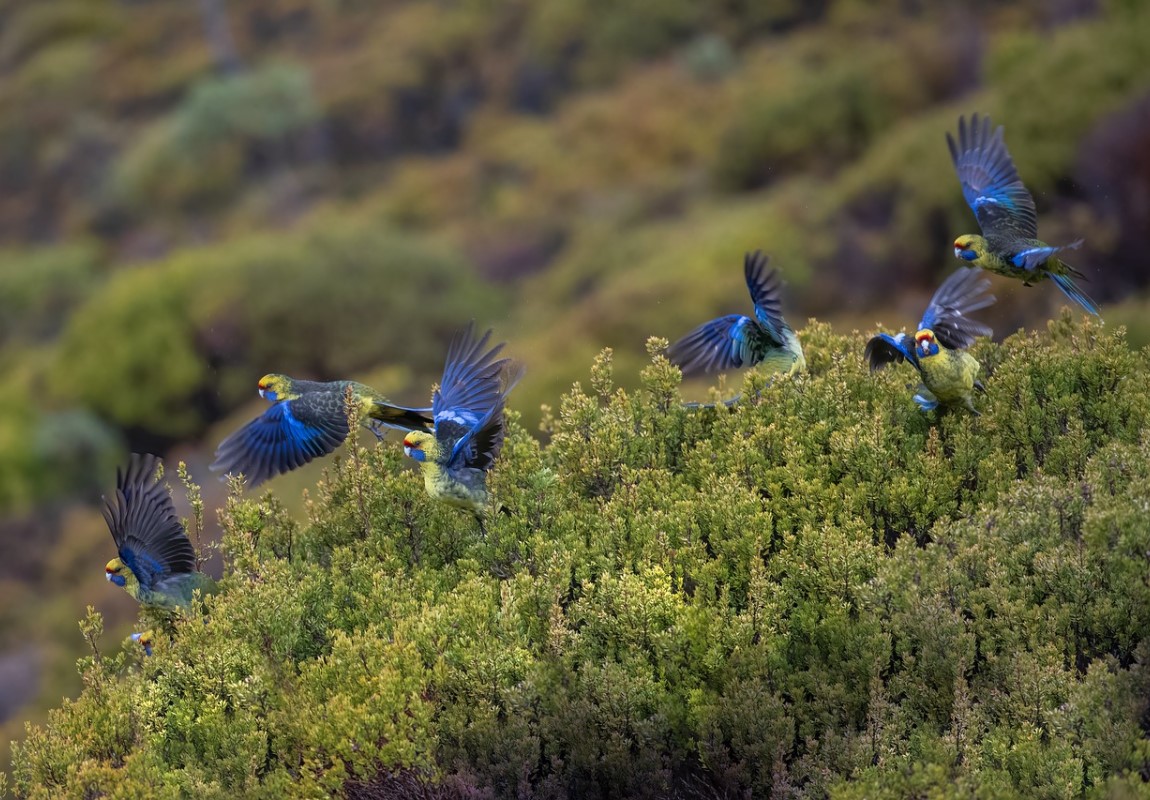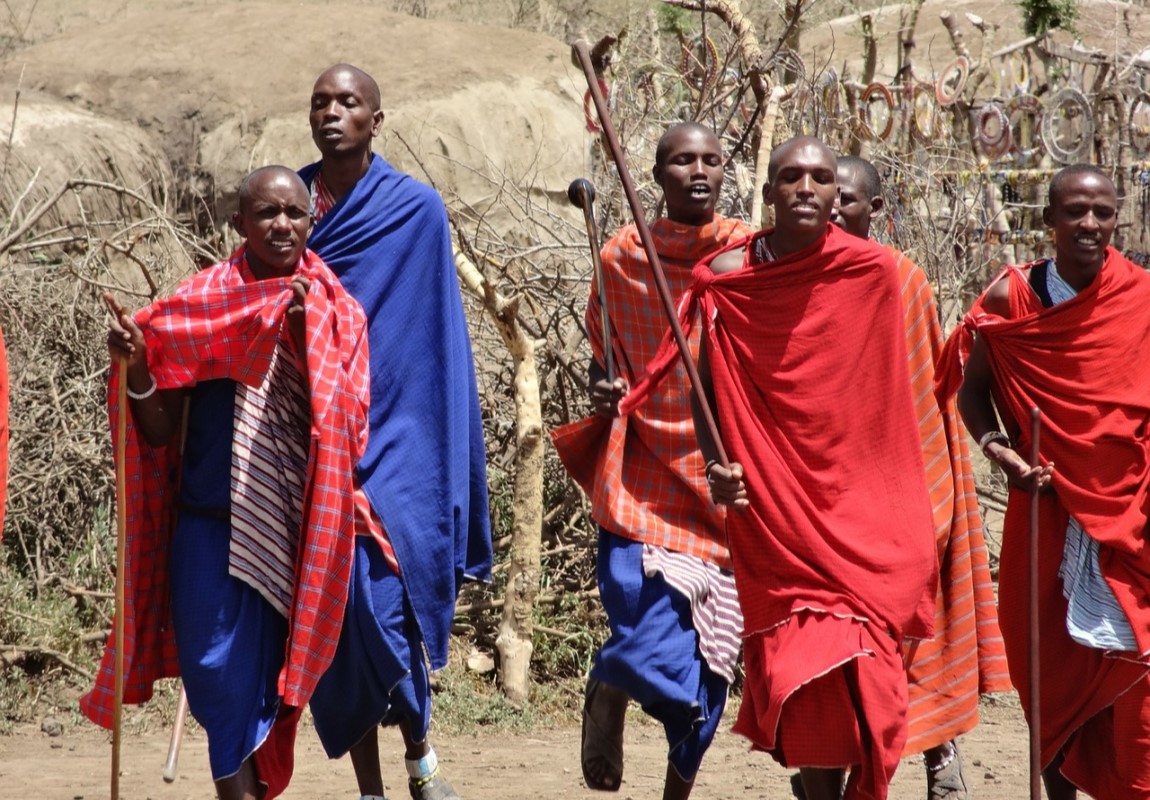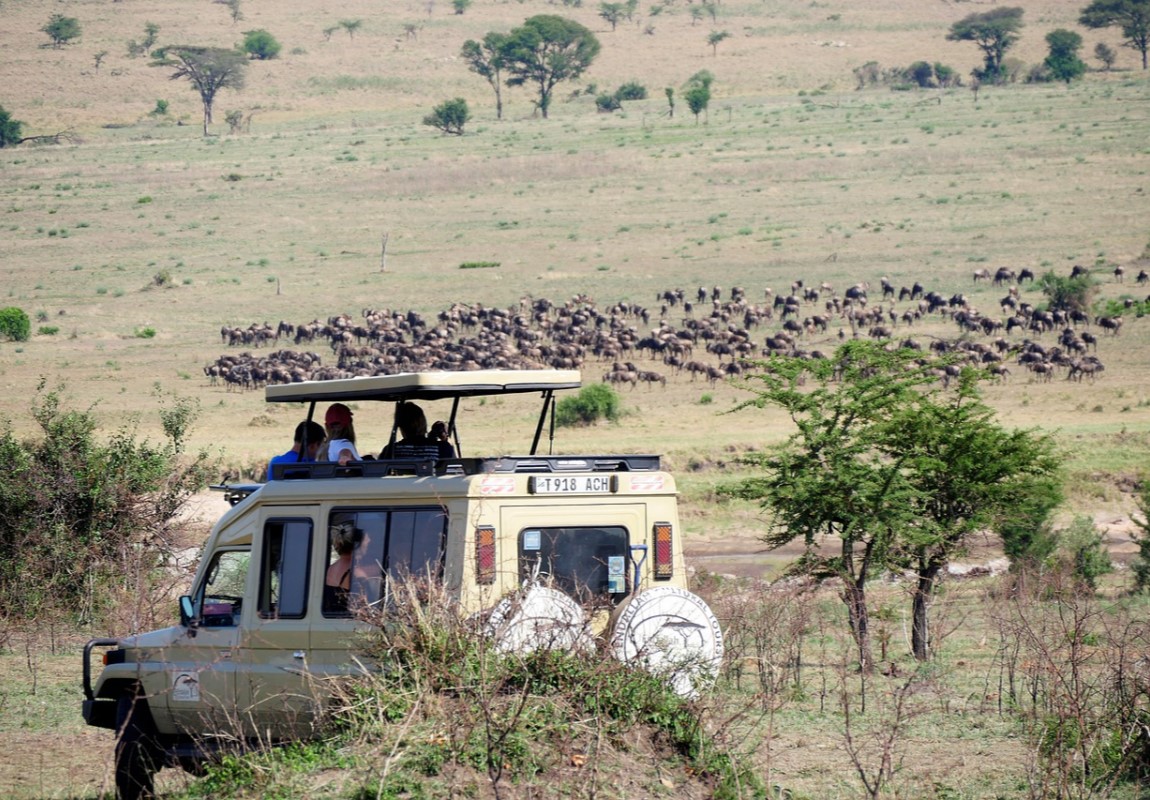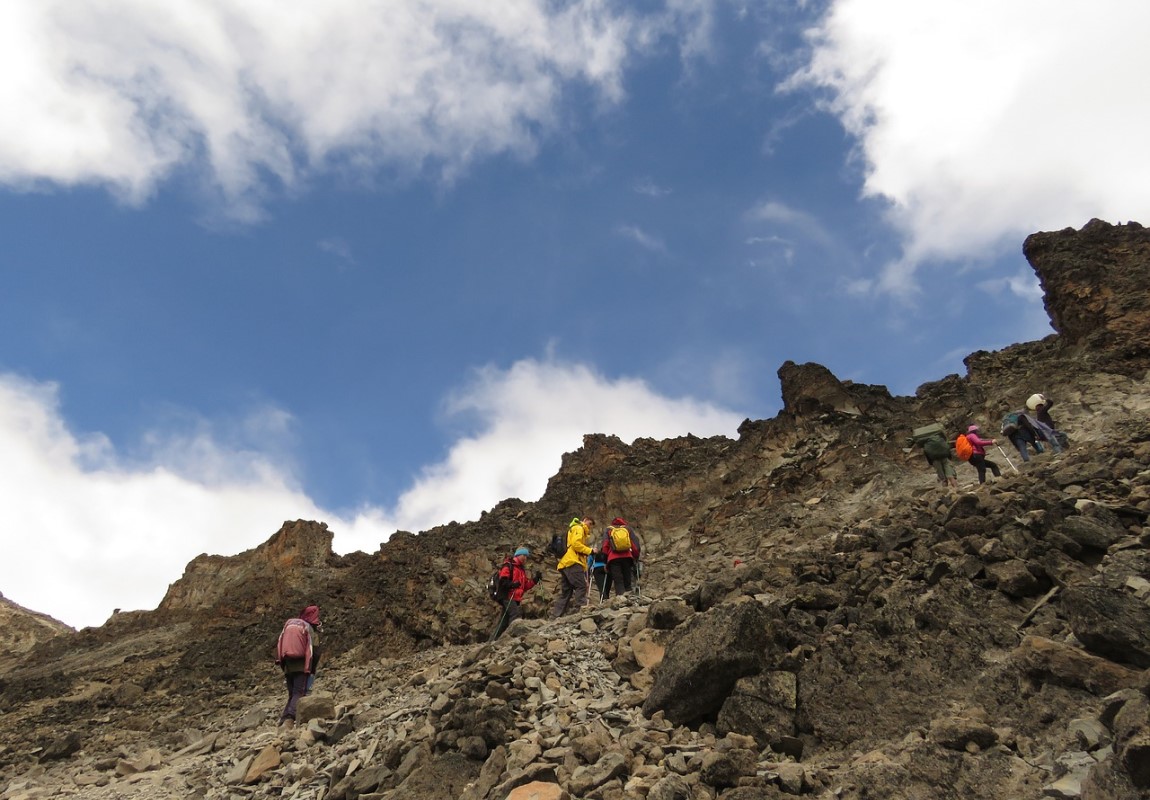Lake Mburo National Park 
Lake Mburo National Park - Uganda Wildlife Destination
Starting from
$450PP
Overview
Lake Mburo National Park lies in the middle of an extensive rich acacia woodland which is one of Uganda’s most spectacular and breathtaking game parks. It is located in the west of Uganda, in the Kiruhura district, 240 kilometres (150 miles) west of the capital, Kampala, and 30 kilometres (19 miles) from the region’s biggest city, Mbarara. It harbours some animal and plant species that cannot be found anywhere else in Uganda and is an important place of biodiversity. It is a very special place with a medley of habitats ranging from dry hillsides, rocky outcrops, bushy thickets, and open and wooded savannas to forests, lakes and swamps. Its sculptured landscape, rolling hills and idyllic lake shores, forest galleries, seasonal and permanent swamps and grassy valley all support a wealth of wildlife in a tropical setting.
Pros & Cons
- Availability of Boat trips
- Accommodation options are better
- Availability of horseback riding & Guided walks
- Accessible stopover between Kampala and Bwindi
- Absence of elephant and rhino
- Very limited wildlife viewing circuit
Map in Uganda
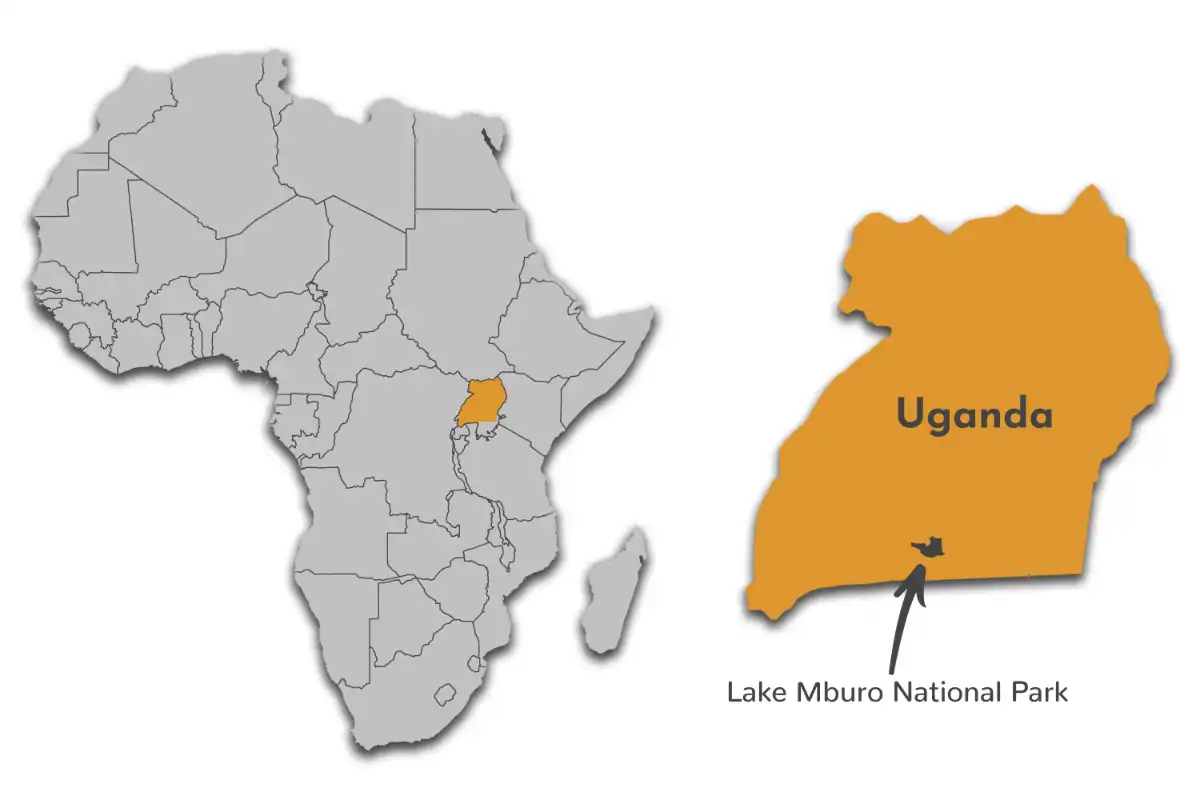
Want to Visit Lake Mburo National Park?
Gallery Images
Explore the stunning beauty of Lake Mburo National Park through our curated collection of photographs showcasing its landscapes, wildlife, and natural wonders.
Want to Visit Lake Mburo National Park?
Wildlife & Animals
The park is remarkably different from other parks. Of the three of the big five that reside within the park, herds of buffalo can be regularly seen, while lions and leopards are more difficult to spot. Elephants are absent and Rothschild's giraffe has been reintroduced. It’s the best park to view the gigantic eland, impala, zebras and acacia-associated birds. Common mammal species include Warthogs, Buffalos, Oribi, Defassa, Waterbucks, reedbucks and the eland antelopes.
Wildlife Highlights
Burchell’s zebra and impala are specific to this park. Eland, Defassa waterbuck, oribi, topi and warthog all live here and are among the more commonly viewed species. Over 300 hippos dwell in the lakes so you are sure to spot them on a boat safari.
Best Time for Wildlife Viewing
The park can be visited all year round for wildlife viewing. The best time for wildlife viewing is in the Dry seasons from June to August, and from December to February as animals gather around rivers and waterholes. During the wet seasons from March to May & September to November, most of the wildlife can be spotted in the open valleys.
Want to Visit Lake Mburo National Park?
Birds
For the birder, Kidepo Valley National Park boasts a bird list of over 500 species, a total second only to Queen Elizabeth National Park. Birding can be done on the fringes of the Narus and Namamukweny Valleys. Among the birds seen are the Abyssinian Roller, Purple Heron, and Abyssinian GrouFor the birder, Kidepo Valley National Park boasts a bird list of over 500 species, a total second only to Queen Elizabeth National Park. Birding can be done on the fringes of the Narus and Namamukweny Valleys. Among the birds seen are the Abyssinian Roller, Purple Heron, Abyssinian Ground Hornbill and Clapperton's Francolin, which is found only in Kidepo.nd Hornbill and Clapperton's Francolin, which is found only in Kidepo.
Best Time for Birding
Birding can be done all year round in Kidepo Valley but it's best in March to April for all the specials and the many migrants. During heavy rainfalls in March and April, it's difficult for bird watching. Rainfall is not much of a concern in this semi-arid part of the country. Migratory birds are in the valley from November to April.
Want to Visit Lake Mburo National Park?
Best Time to Visit – Lake Mburo National Park
The park can be visited all year round for wildlife viewing. The best time for wildlife viewing is in the Dry seasons from June to August, and from December to February as animals gather around rivers and waterholes. During the wet seasons from March to May & September to November, most of the wildlife can be spotted in the open valleys.
June to August & December to February (Dry Season)
- Animals are found more easily since they gather at water sources
- Days are lovely and sunny
- The views aren't that great as the sky is hazy
- It is very arid and dusty
March to May & September to November (Wet Season)
- Migratory birds can be found, and the best time for birding
- The air is clear, and landscapes are green
- The heat is less oppressive
- Animals disperse from the valleys and move to higher ground, where it's difficult to locate them
Want to Visit Lake Mburo National Park?
Activities
Explore popular activities available in and around Lake Mburo National Park.
Want to Visit Lake Mburo National Park?
No FAQs available for this park yet.

 English
English French
French